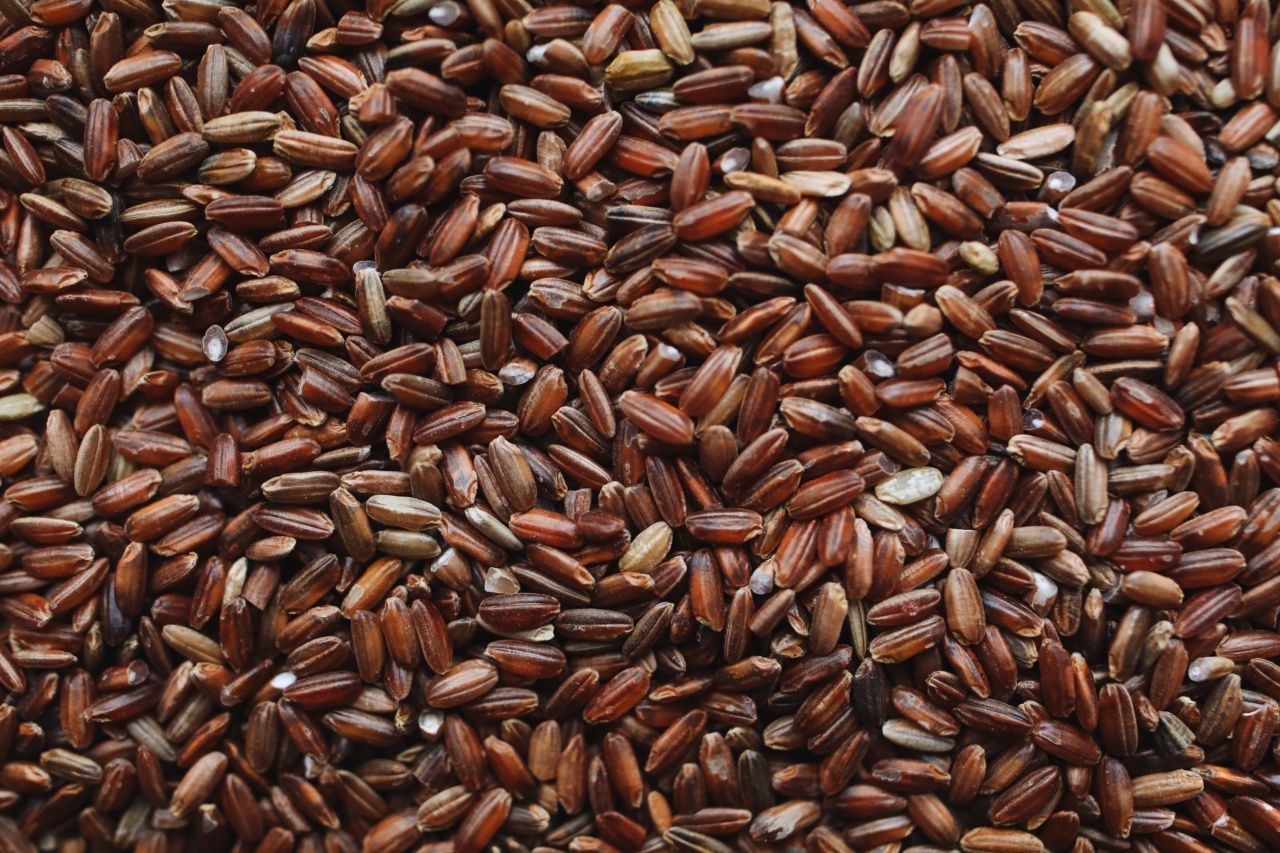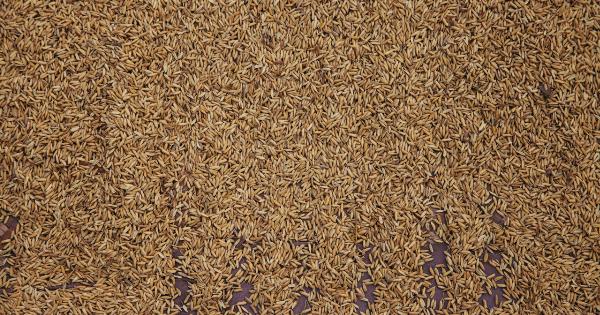Brown rice is a versatile type of whole grain that has increasingly become popular in recent times due to its numerous health benefits.
Unlike its white rice counterpart, brown rice is packed with essential vitamins, minerals, and fibers that are highly beneficial for overall health and wellness.
This ultimate guide will provide comprehensive details on the nutritional benefits of brown rice.
What is Brown Rice?
Brown rice is a whole grain that is obtained from the outermost layer of the rice grain, known as the hull. It is an unpolished rice grain that has its bran and germ layers intact, making it a healthier option when compared to white rice.
The rice grain is nutty in flavor and has a chewy texture, making it ideal for use in numerous recipes, such as rice bowls, salads, and stir-fries.
What are the Nutritional Benefits of Brown Rice?
Brown rice is a highly nutritious grain that is packed with fiber, vitamins, and essential nutrients that are beneficial for the body. Below are some of the most significant health benefits of consuming brown rice:.
1. High in Fiber
Brown rice is packed with fiber, a nutrient that is essential for digestion and gut health. A single cup (195 grams) of cooked brown rice contains 3.5 grams of fiber, which is 14% of the recommended daily intake for adults.
The high fiber content in brown rice not only aids digestion but also promotes feelings of fullness, making it ideal for weight management.
2. Rich in Essential Minerals
Brown rice is also rich in essential minerals such as magnesium, phosphorus, manganese, and selenium, which help support overall bodily functions.
These minerals are also beneficial for maintaining healthy bones, improving brain functions, and enhancing metabolism.
3. Provides Energy
Since brown rice is rich in carbohydrates, it provides the body with the energy it needs to carry out everyday activities.
The complex carbohydrates in brown rice are also beneficial for maintaining stable blood sugar levels, which is essential for individuals with diabetes.
4. Contains Anti-Inflammatory Properties
Brown rice contains anti-inflammatory properties, which are beneficial in reducing inflammation in the body. This makes it a great food option for individuals suffering from conditions such as arthritis and other forms of inflammation.
5. Promotes Heart Health
Eating brown rice is also beneficial for overall heart health. The high fiber content in brown rice helps reduce cholesterol and triglyceride levels in the body, which are significant risk factors for heart disease.
The magnesium present in brown rice also helps reduce blood pressure, thus reducing the risk of heart disease.
How Should You Incorporate Brown Rice in Your Diet?
There are numerous ways you can incorporate brown rice into your diet. Below are some ideas to get you started:.
1. Brown Rice Bowls
Add cooked brown rice as the base for your grain bowls. Top it off with nutrient-rich vegetables, beans, and a protein source such as chicken or fish.
2. In Sauces and Dishes
You can also add brown rice to sauces, soups, and stews that you prepare. It helps thicken the sauce, adding more texture and flavor to the dish.
3. As a Side Dish
You can serve brown rice as a side dish with your favorite protein source such as grilled chicken or fish.
How to Cook Brown Rice
Cooking brown rice is relatively easy, and you can cook it using various methods. One of the most common ways is by using a rice cooker. Below is an easy recipe on how to cook your brown rice:.
- Rinse the brown rice in a sieve until the water runs clear.
- Add the rinsed rice to your rice cooker.
- Add water to the rice cooker. The ratio of water to rice should be two cups of water for every cup of rice.
- Press the cook button on your rice cooker and let it cook for about 20-25 minutes.
- Once the rice is cooked, let it sit for an additional 5-10 minutes to absorb any residual moisture.
- Fluff the rice with a fork and serve it hot or cold.
Conclusion
Brown rice is a highly nutritious whole-grain that offers numerous health benefits. Its high fiber and essential mineral content are beneficial for promoting overall body functions, including gut health, energy production, and heart health.
Therefore, including brown rice in your diet can be an excellent way to boost your overall health and wellness.


























